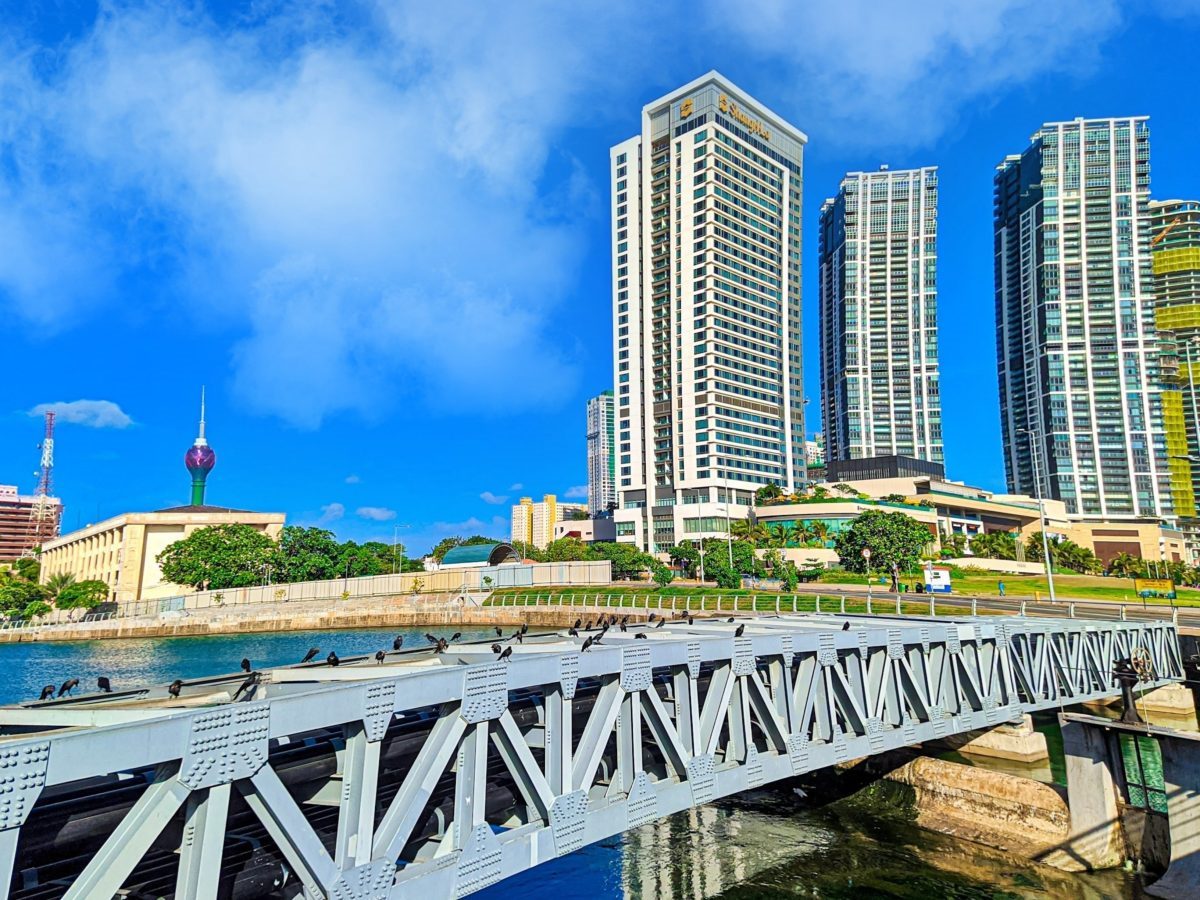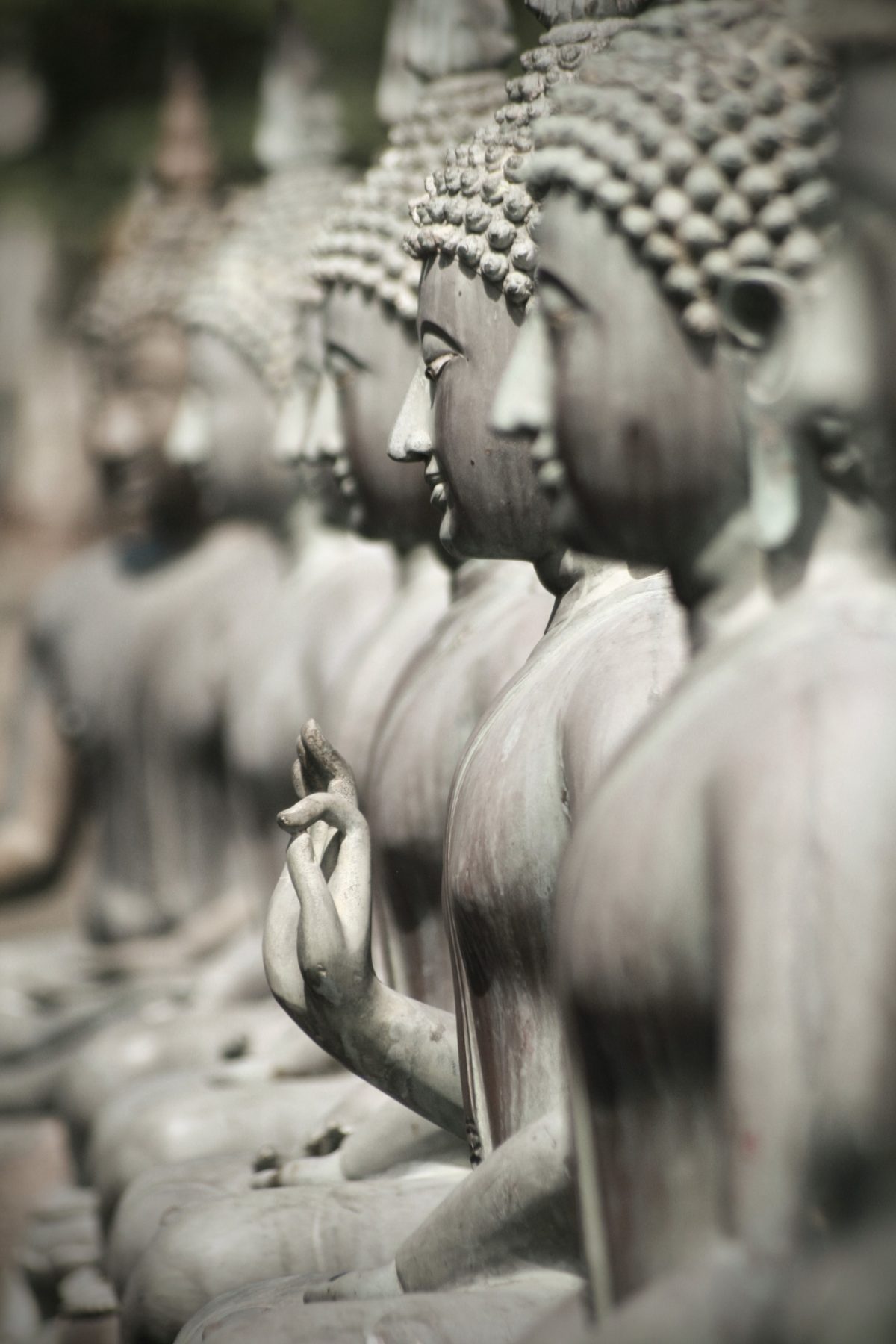How to Plan Your Best of Sri Lanka Tour in Colombo in Two Weeks
Are you planning to visit Sri Lanka and want to make the most out of your trip? Consider taking the Best of Sri Lanka Tour in two weeks, which covers historical sites, natural wonders, and wildlife safaris. This private tour includes a daily itinerary and private transportation with a climate-controlled vehicle and a driver-guide. You can customize your itinerary based on your preferences and interests. Here are the details of the Best of Sri Lanka Tour:Day 1: Colombo to Anuradhapura (206 km)
The tour starts with a pickup from your hotel in Colombo and proceeds to Anuradhapura, one of the ancient capital cities of Sri Lanka. You will visit the sacred bodhi tree, the oldest historically authenticated tree in the world, and other historical sites such as Ruwanwelisaya Stupa, Isurumuniya Temple, and Jaya Sri Maha Bodhi temple.Day 2-3: Sigiriya and Polonnaruwa (95 km)
After spending a night in Anuradhapura, you will proceed to Sigiriya, a UNESCO World Heritage Site. You will climb the Sigiriya Rock Fortress, an ancient palace built on top of a rock that offers breathtaking views of the surroundings. You will also visit the Dambulla Cave Temple, a complex of caves with ancient Buddhist murals and statues. The next day, you will explore the ancient city of Polonnaruwa, which was the second capital of Sri Lanka after Anuradhapura. You will see the ruins of palaces, temples, and other structures that reflect the achievements of the Kingdom of Polonnaruwa.Day 4-5: Kandy and Nuwara Eliya (225 km)
The tour then continues to Kandy, another UNESCO World Heritage Site, known for its temples, cultural events, and scenic beauty. You will visit the Temple of the Tooth, which houses a relic of Buddha’s tooth, and the Royal Botanical Gardens, which feature a vast collection of over 4000 plant species. You will then proceed to Nuwara Eliya, a beautiful hill station also known as “Little England.” You will visit tea plantations, tea factories, and waterfalls.Day 6-7: Horton Plains and Ella (73 km)
The tour then takes you to Horton Plains National Park, a UNESCO World Heritage Site that features a diverse ecosystem with endemic flora and fauna. You will take a walk to World’s End, a sheer cliff with a drop of about 870 meters that offers stunning views. You will then proceed to Ella, a small town nestled in the hills with breathtaking views. You will visit Ella Rock, Nine Arch Bridge, and other scenic spots.Day 8: Yala National Park (165 km)
The tour then takes you to Yala National Park, known for its leopard sightings, elephant herds, and other wildlife. You will take a jeep safari with a naturalist guide to explore the park’s diverse habitats, which include grasslands, forests, and wetlands.Day 9-10: Galle and Mirissa (156 km)
After spending a night near Yala National Park, you will proceed to Galle, a fortified city with a rich colonial history. You will visit the Galle Fort, the National Museum, and other historical sites. You will then proceed to Mirissa, a coastal town known for its whale watching. You will take a whale watching tour from the Mirissa Harbor and try to spot blue whales, sperm whales, and dolphins.Day 11-12: Unawatuna and Hikkaduwa (38 km)
The tour then takes you to Unawatuna, a beach resort town known for its coral reefs and marine life. You will take a glass-bottom boat ride to explore the reefs and see colorful fish and turtles. You will then proceed to Hikkaduwa, another beach town known for its surfing and snorkeling. You will visit the Hikkaduwa Coral Sanctuary, where you can snorkel and see a variety of coral species.Day 13-14: Colombo and Negombo (95 km)
The tour ends with a drive back to Colombo, where you can explore the city’s vibrant markets, museums, and restaurants. You can also visit the Gangaramaya Temple, Independence Square, and the National Museum. You can also take a day trip to Negombo, a nearby beach town known for its fishing industry and colonial architecture. To book the Best of Sri Lanka Tour, follow this link:book the tour here. The fee includes private transportation, air-conditioned vehicle, guides, gratuities and entry fees for all the attractions. However, hotel accommodations and meals are excluded, so you can choose your own accommodations according to your preferences and budget. If you want to make the most out of your trip to Sri Lanka, consider the Best of Sri Lanka Tour in two weeks. It provides a comprehensive itinerary that covers the best historical sites, natural wonders, and wildlife safaris that Sri Lanka has to offer. With a private vehicle and driver-guide, you can customize your itinerary and travel in comfort.
Frequently Asked Questions About Colombo
1. What is the population of Colombo?
Colombo is the largest city in Sri Lanka with a population of approximately 752,993 people (as of 2019).
2. What timezone is Colombo in?
Colombo is in the Sri Lanka Standard Timezone (GMT+5:30).
3. What language is spoken in Colombo?
The official languages of Sri Lanka are Sinhala and Tamil, however, English is widely spoken in Colombo due to the city’s colonial history.
4. What is the currency used in Colombo?
The currency used in Colombo is the Sri Lankan Rupee (LKR).
5. What is the best time to visit Colombo?
The best time to visit Colombo is generally between November and February, when the weather is relatively dry and the temperatures are cooler. However, it is important to note that the city experiences monsoon season between May and September.
6. What are the main attractions in Colombo?
Colombo is home to many historical and cultural attractions, including the National Museum of Colombo, Gangaramaya Buddhist Temple, and the Old Dutch Hospital. The city is also known for its bustling markets, such as Pettah Market, and its beautiful beaches, such as Mount Lavinia Beach.
7. What is the transportation like in Colombo?
Transportation in Colombo includes taxis, tuk-tuks, buses, and trains. While public transportation is affordable, it can be crowded and slow due to traffic congestion. Taxis and tuk-tuks are a more convenient option, but fares should be negotiated in advance.
8. What is the food like in Colombo?
Colombo is known for its delicious cuisine, which includes a mix of local and international dishes. Some popular local dishes include hoppers (a type of pancake), kottu (a dish made of chopped up roti, vegetables, and meat), and seafood curry. There are also many international restaurants and cafes in Colombo.
9. What is the drinking water situation in Colombo?
Tap water in Colombo is not safe to drink, so it is important to stick to bottled water or boiled water. Many hotels and restaurants offer filtered or bottled water to their guests.
10. What is the nightlife like in Colombo?
Colombo has a growing nightlife scene, with many bars, nightclubs, and casinos. However, it is important to note that alcohol is heavily taxed in Sri Lanka, and most bars and clubs close by midnight.
11. Is Colombo a safe city for tourists?
Colombo is generally a safe city for tourists, but it is important to take common safety precautions such as being aware of your surroundings and not carrying large amounts of cash. Petty crime, such as pickpocketing, can occur in crowded areas, so it is important to keep an eye on your belongings.
12. What is the shopping like in Colombo?
Colombo is home to a variety of shopping options, from high-end shopping malls to local markets. Some popular shopping destinations include Odel, Barefoot, and the Dutch Hospital Shopping Precinct. The city is also known for its gemstones and jewelry.
13. Do I need a visa to visit Colombo?
Most visitors to Sri Lanka will require a visa. Tourist visas can be obtained online or upon arrival in Sri Lanka.
14. What is the climate like in Colombo?
Colombo has a tropical monsoon climate with high temperatures and humidity throughout the year. The city experiences monsoon season between May and September, with heavy rainfall.
15. What are some etiquettes that I should follow as a tourist in Colombo?
As a tourist in Colombo, it is important to dress modestly when visiting cultural and religious sites. Shorts and sleeveless tops are not appropriate, and it is recommended to wear loose and comfortable clothing. It is also common to remove your shoes before entering temples and homes.
Book Your Tour Now
Colombo is a vibrant and diverse city that offers a mix of history, culture, and modern amenities. With its beautiful beaches, incredible cuisine, and friendly locals, it is a must-visit destination in Sri Lanka.

How to Spend Your Time as a Tourist in Colombo
Colombo, the capital city of Sri Lanka, is a vibrant destination for tourists seeking to explore its rich history, culture, and cuisine. From the bustling markets to the serene temples and tranquil beaches, Colombo offers a unique experience to every traveler. If you are planning to visit Colombo, here’s a step-by-step guide on how to spend your time as a tourist in this beautiful city.1. Visit the National Museum of Colombo
The National Museum of Colombo, situated in the heart of the city, is a must-visit for history buffs. The museum showcases Sri Lanka’s rich cultural heritage and has a vast collection of artifacts, sculptures, and paintings. It also has sections dedicated to the country’s natural history, including exhibits on flora and fauna.2. Explore the Gangaramaya Temple
Gangaramaya Temple is a Buddhist temple located right in the heart of the city. The temple complex includes a museum, library, and a Bodhi tree garden. Visitors can marvel at the intricate carvings and sculptures of the temple and attend the daily religious ceremonies. The museum houses a unique collection of artifacts, including antique statues, vintage cars, and musical instruments.3. Go Shopping at Pettah Market
Pettah Market is a traditional bazaar located in the old town of Colombo. It is a bustling commercial hub and a paradise for shopaholics. The market sells everything from clothes, jewelry, spices, and souvenirs. Visitors can stroll around the narrow streets and soak in the local atmosphere while bargaining for goods.4. Visit the Viharamahadevi Park
Viharamahadevi Park is a peaceful retreat in the heart of the city. Spread over 27 acres, the park has walking paths, open spaces, and a children’s playground. Visitors can admire the lush greenery and the picturesque fountain in the center. The park is an ideal spot for a picnic or a leisurely stroll.5. Experience the Colonial Architecture
Colombo has a rich history of colonialism, and visitors can still see the influence of Dutch, Portuguese, and British architecture in the city’s buildings. Some of the notable landmarks include the Old Parliament Building, the Galle Face Hotel, and the Independence Memorial Hall. Take a walk around the city center and marvel at the charming colonial structures.6. Enjoy the Beaches
Colombo has some stunning beaches that offer a perfect retreat from the hustle and bustle of the city. Visitors can head to the Mount Lavinia Beach or the Negombo Beach and soak in the tropical sun. The beaches also offer a range of water sports, including surfing, diving, and snorkeling.7. Sample the Local Cuisine
Sri Lanka is famous for its mouth-watering cuisine, and Colombo has some excellent restaurants that offer a taste of the local flavors. Some of the popular dishes include rice and curry, hoppers, string hoppers, and kottu roti. Visitors can also try the local street food, including samosas, vadais, and kothu parathas.Book Your Tour Now
Colombo offers a unique blend of history, culture, and modernity, making it an exciting destination for tourists. From the museums to the markets, the temples to the beaches, the city offers something for every traveler. So, pack your bags and head to Colombo for an unforgettable experience.Table of Contents

